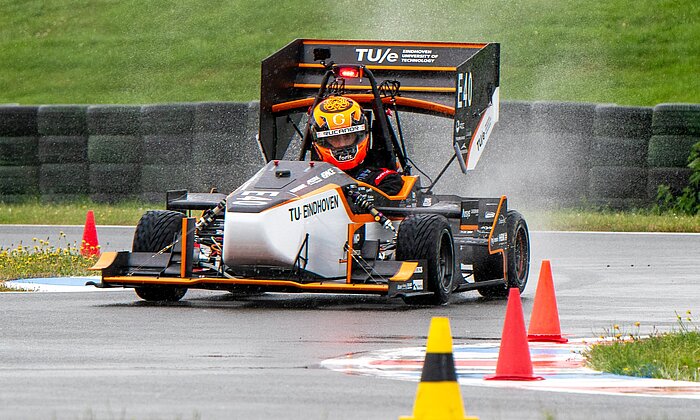Max Verstappen vs. the Future: URE's Autonomous Racing Ambitions
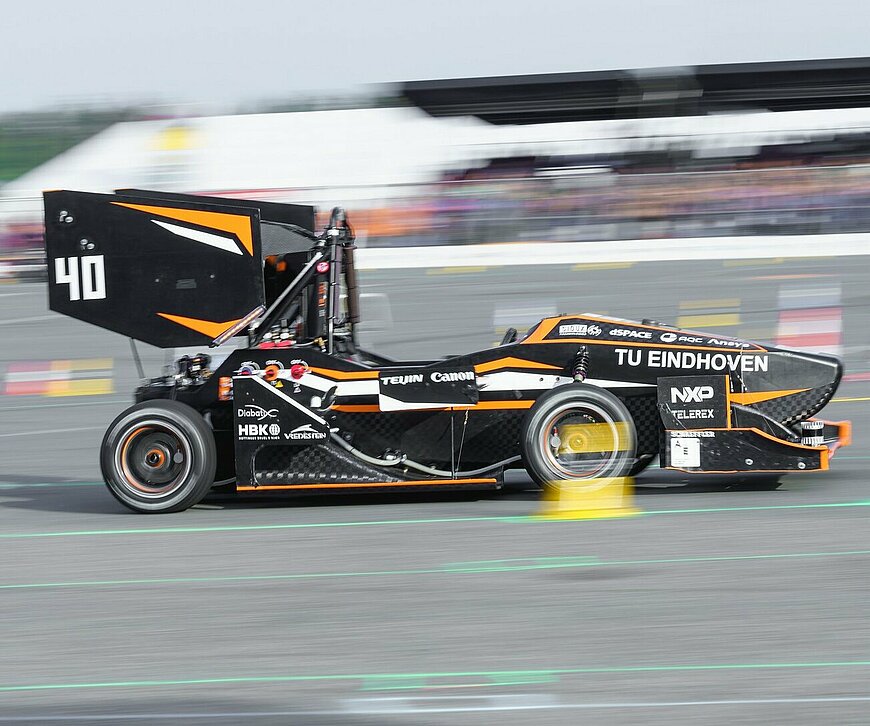
University Racing Eindhoven (URE) is a student team from Eindhoven University of Technology, where innovation, teamwork and a passion for engineering come together to create an exceptional electric and autonomous formula-style race car every year. We participate in the Formula Student competition, the largest student engineering competition where student teams across the world build, test and race their formula style racing car.
At URE, we are all about pushing boundaries of technology and engineer at the limits. Our primary goal is to design, manufacture and fine-tune innovative race cars that represent the future of motorsports, both electrically and autonomously. Our ultimate goal? To outpace Max Verstappen on the racing circuit with our autonomous driving systems!
Establishment
URE was established two decades ago, and started as a team with six students from the faculty of mechanical engineering who wished to be better prepared for working in industry. The answer to was to found a racing team which could compete at the Formula Student competition. In twenty years, URE has evolved into the largest student team at the TU/e, with over 80 active students from 13 different majors, all dedicated to pursuit the boundaries of engineering. The team has consistently raised the bar by building and racing a total of 17 cars, each proofing our commitment to progress and innovation.
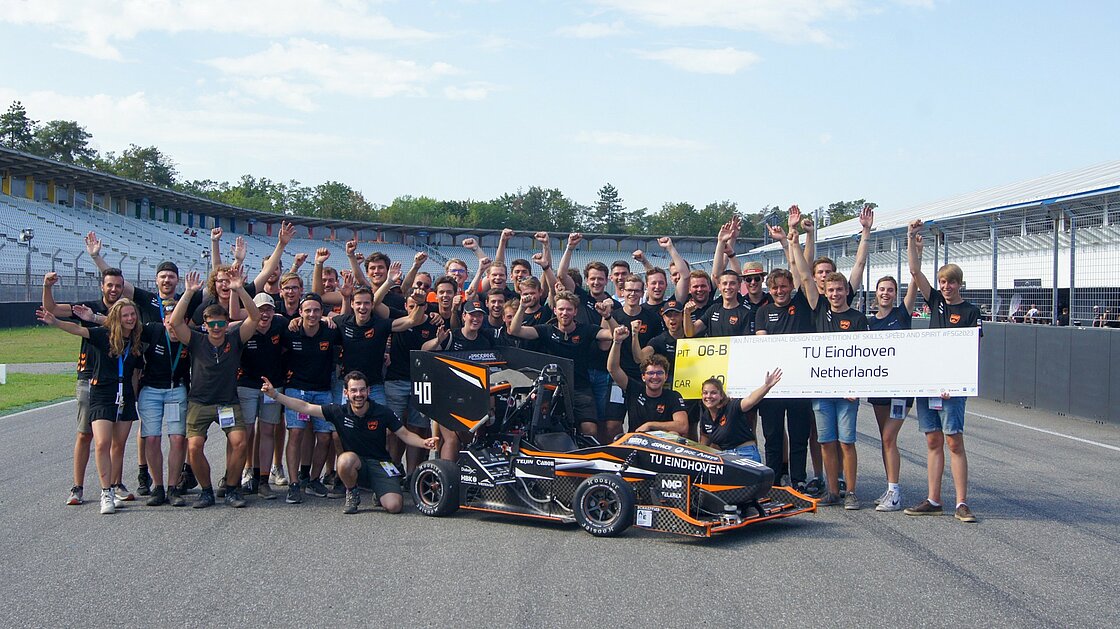
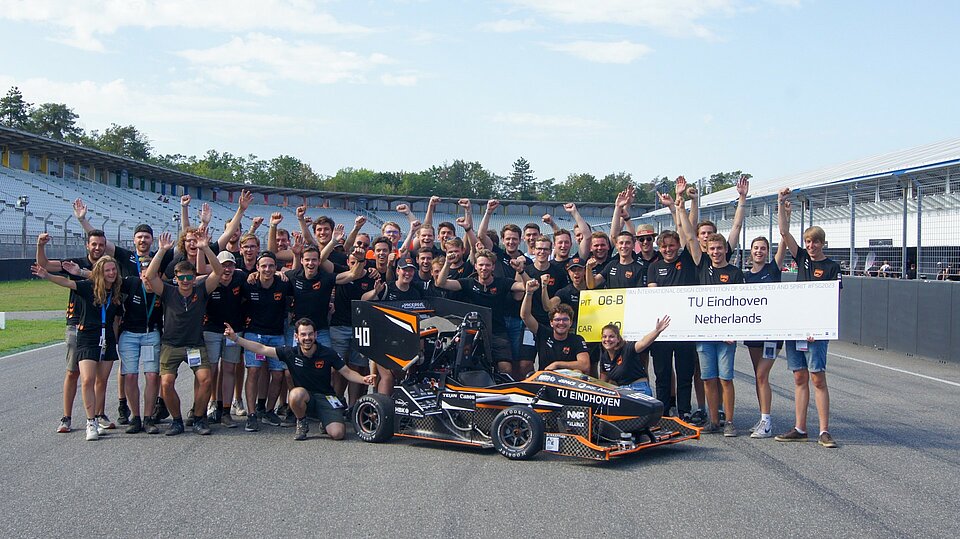
FS-Competition
URE competes in the Formula Student (FS) competition. This is a global student engineering competition held annually, where student teams from around the world build, test and race a formula style racing car. The competition aims to develop enterprising and innovative young engineers and encourage more students to start a career in engineering. However, beyond the speed of the car, teams are evaluated on their design process, problem-solving skills, business planning and project management.
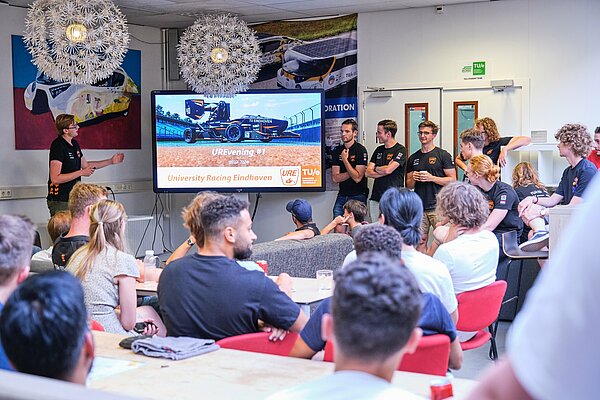
In 2017, Formula Student introduced a new class, aimed for driverless vehicles – Formula Student Driverless. URE embraced this new step, changing the focus from solely building an electric race car to also building a race car capable of driving autonomously.
Autonomy
This new class marked the beginning of the development of autonomous systems within URE, and we presented our first autonomous car in the in the 2018/2019 Formula Student season. Since then, URE has been at the forefront of the autonomous vehicle technology in the Formula Student competition by pushing the boundaries of autonomous driving every year since then. Currently, the autonomous system include a LiDAR sensor and camera’s, functioning as the eyes of the system by feeding perception data of the external environment to the brains of the system: the depth perception algorithms, simultaneous localization and mapping (SLAM) and motion planning. The output of the algorithms is then translated to the right signals to the steering wheel motor and throttle, completing the parallel by replacing a driver's hands and feet to operate the car.
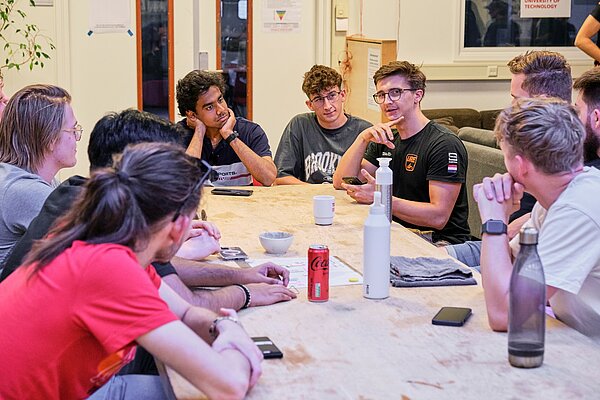
Watch out Max!
This year’s target is to finish within the top five teams at Formula Student Germany (FSG), which can be considered as the world championship, and serves as a step towards our end goal: Outpacing Max Verstappen with our autonomous race car.
Aspiration
URE’s efforts in the development of autonomous vehicle systems not only contribute to its success in Formula Student competitions, but also serve as a platform for future advancements within autonomous mobility technology. The team envisions a future where autonomous vehicles play a significant role in various domains, including motorsports, transportation, logistics and other mobility services.
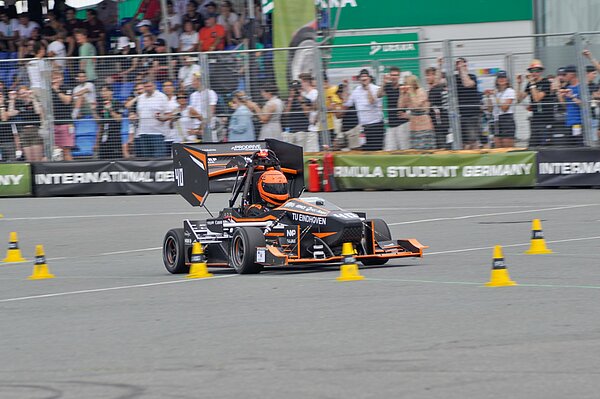
Setback
However, we have experienced a major setback this year. Our LiDAR sensor unexpectedly broke down. Despite our efforts, it is beyond repair, leaving us with a major problem. The LiDAR sensor is the eyes of the autonomous system, enabling precise navigation and obstacle detection. Without a functioning LiDAR, we are essentially blind, and thus not able to drive autonomously. This means we cannot contribute to autonomous development and compete at Formula Student.
You can help URE
To tackle this problem, we have launched a fundraising campaign in order to afford a new LiDAR sensor. This means we need your help! Your contribution, no matter the size, will help us push the boundaries of autonomous racing, and allows us to compete not only in the Formula Student 2024 racing season but also future racing seasons.
You can support our team at the following link: https://www.gofundme.com/f/help-ure-secure-the-future-of-racing
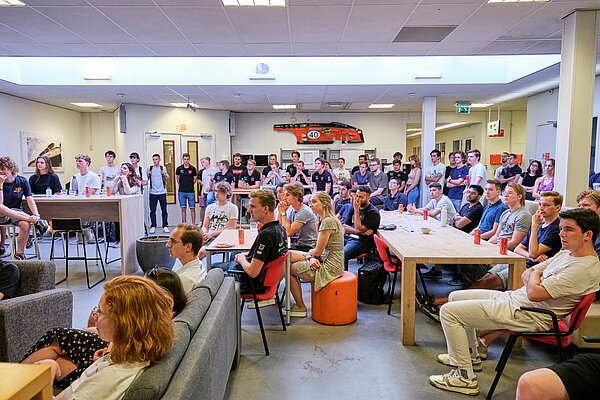
Stay connected with us by following our blog posts and join our journey. We will keep you updated on the evolution of our latest car, the URE18, as well as the advancements in our autonomous system throughout this year! Also take a look at our socials to stay updated:
- Instagram: @ureindhoven
- LinkedIn: @University Racing Eindhoven
- Website: https://www.universityracing.nl/
The author of this article is URE (University Racing Eindhoven)
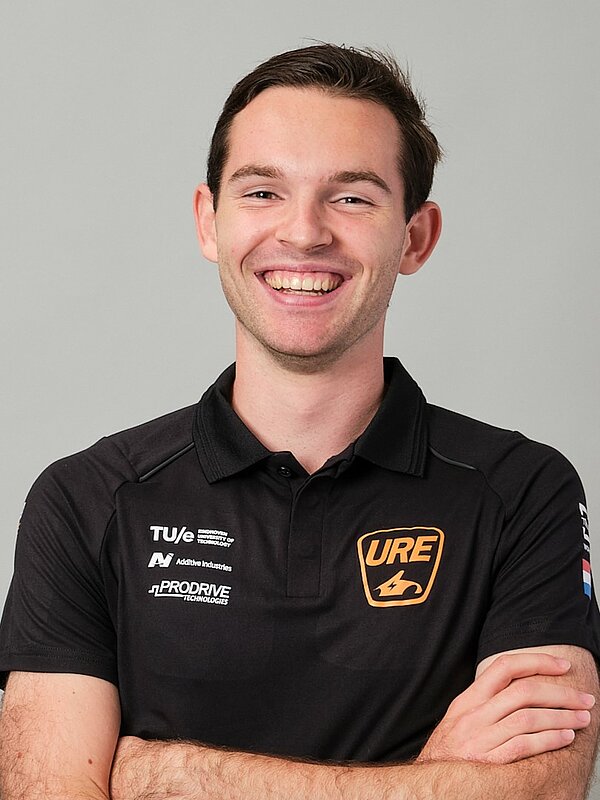
About me
Hi! I'm Robert, recently graduated in Industrial Engineering and Management at TU/e. This year, I'm doing a full-time board year at URE, where I take on the role of Financial & Operations Manager. Being part of the team is a great opportunity to apply my knowledge and develop new skills within a technical and innovative environment, where I hope to learn a lot to pursue a career in Formula 1 in the future. Through this blog, I'd like to give you a behind-the-scenes look at our work at URE, and inspire you by sharing our passion for technology and racing!
Get to know the other student teams here!
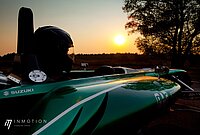
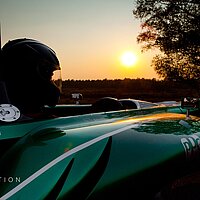
InMotion
InMotion’s doel? Raceauto’s net zo snel elektrisch opladen als benzine tanken.
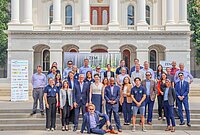
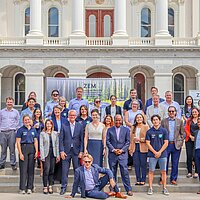
TU/ecomotive
TU/ecomotive integreert ecologische innovaties in proof of concept-auto's!
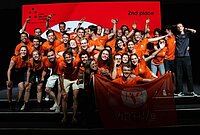
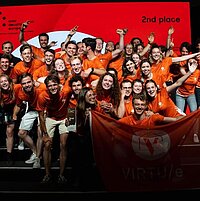
Team Virtu/e
Dit team ontwerpt én bouwt duurzame woningen voor een volgende generatie.
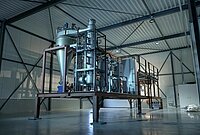
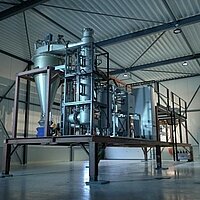
Team Solid
Team Solid wilt waterstof op een circulaire en compacte manier opslaan.
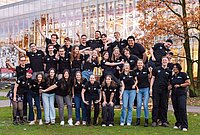
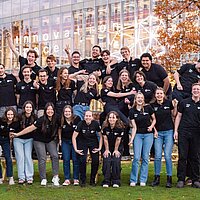
Team Ignite
Team Ignite werkt aan lichtkunst voor maatschappelijke impact.
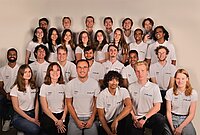
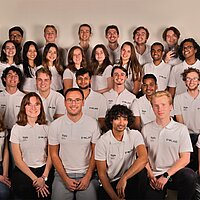
Team Polar
Team Polar maakt een ‘rover’ voor veilig en duurzaam onderzoek op de noordpool.
